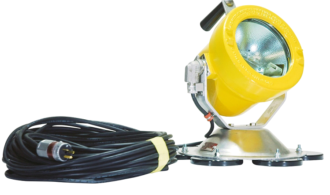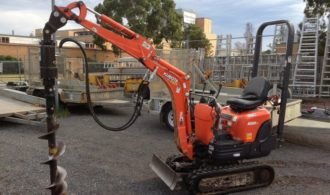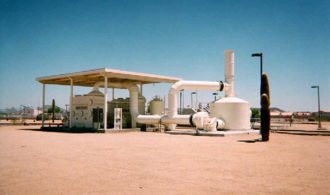Contrary to popular belief, an oil well can be an explosive hazard even when it is not in operation (pumping steady). An EnergyWire review of federal labor statistics cited that the oil and gas sector experiences the most deaths from fires and explosions, compared to other private industries.

Risks of Explosive Elements around Oil Wells
A recent explosion in 2014 at oil and drilling site in Greeley, Colorado is an example of how indirect contact with explosive elements in or near the facility can be hazardous. According to Dale Lyman, fire marshal for the Greeley Fire Department, aworker, who was parked near the site, did not notice the accumulation of flammable compounds in the location, and ignited the mixture from the truck’s catalytic converter. Unlike building fires, oil well explosions are extremely difficult to deal with. During the explosion, emergency crews used a combination of water, dry chemicals and foam (designed to restrict explosive vapor emissions) to suppress nearby flames.
Flowbacks are not the only fire hazards workers need to watch out for in an oil well facility. Electrical equipment on or near the location that can produce a spark could potentially ignite a combustible compound. Combustions can almost occur anywhere a spark and concentrated amounts of ignitable substances are present. According to Heidi Vella from Offshore Technology, any spark in an oil facility carries potentially fatal risks. If a gas is released, an encounter with a spark could cause a large explosion (for example).
Common sources for the ignition of flammable gases or vapors near oil sites include: internal-combustion engine sparks, open flames, smoking, welding projects, electrical power tools, two-way radios and portable generators.Vella further explained that new, unregulated equipment, such as mobile phones, carry serious risks when used near an oil well. This is a problem because most smartphones are not intrinsically rated or support explosion proof properties. In the event a phone battery is dropped, it could cause a spark, which could lead to the ignition of a nearby flammable compound.

NFPA Regulations and Explosion Proof Lighting
There are several regulatory institutions that provide best practices for safety in oil drilling establishments. Such agencies include the American Petroleum Institute (API) and the National Fire Protection Association (NFPA). To prevent injuries related to fires on oil well sites, the OHSA sets forth guidelines on creating exit routes, emergency planning and fire management. The NFPA provides detailed provisions for safety on oil and gas drilling sites in NFPA 1, 10, 30, 37, 70, 101, 326, 400, 2112 and 2113 of the official published manual.
Explosion proof lighting equipment is highly effective in preventing fires on and near oil sites due to their ability to minimize the creation of sparks. The National Electric Code (NEC) categorizes such locations under Class 1 (Article 501). Under the code, the classification is further broken down into two divisions, i.e. Class 1 Division 1 and Class 1 Division 2. This classification includes areas where flammable gases, flammable liquid-produced vapors, or combustible liquid vapors may be present in concentrated levels that could cause an explosion or ignition. When adhering to NEC guidelines, electrical devices may either be intrinsically safe or explosion proof, while hand tools must be manufactured from non-sparking material, such as wood, rubber or plastic.




